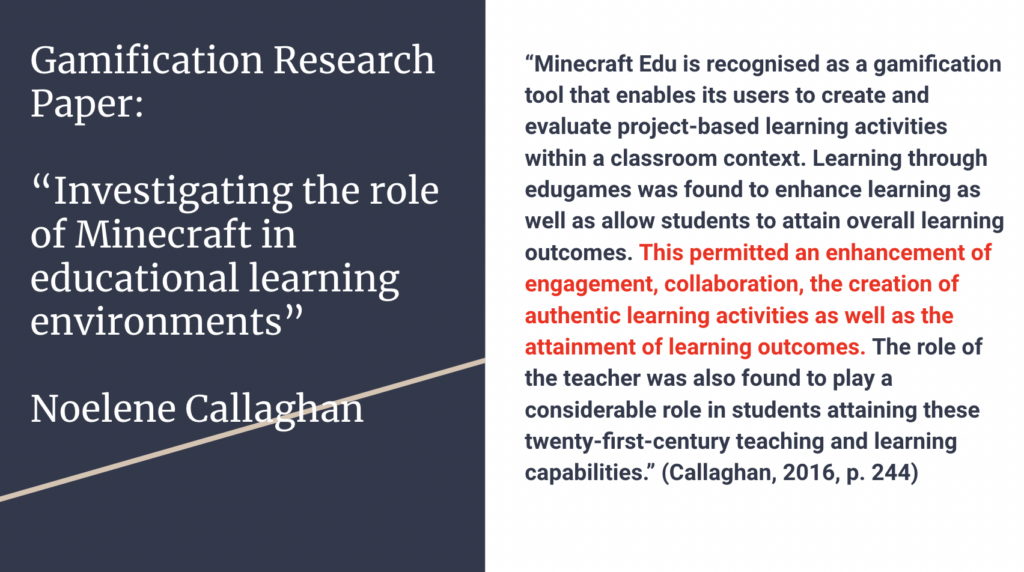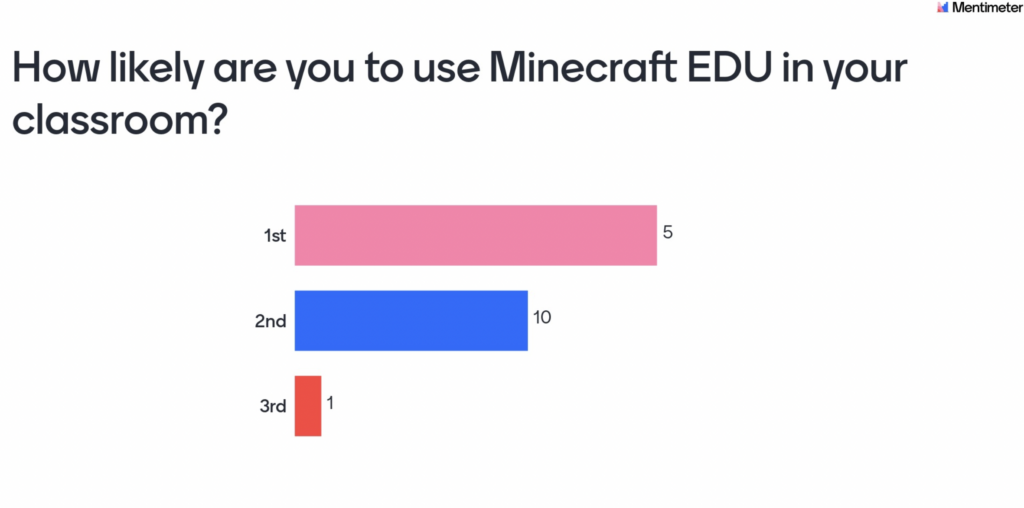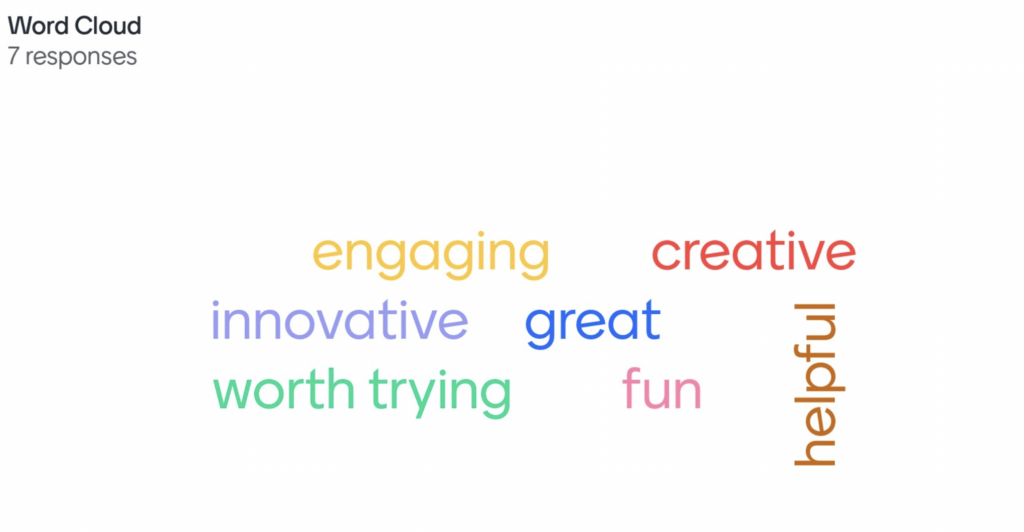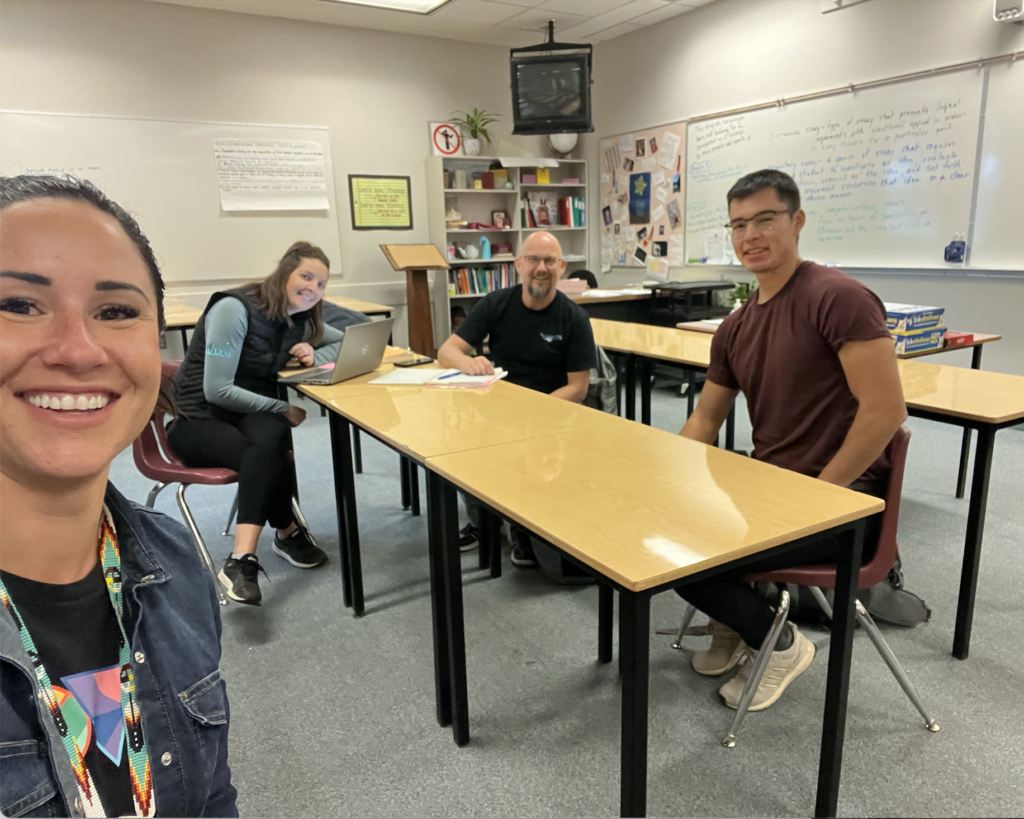Why do we do educational research? What counts as research?
What is the role of personal experience in research?
Think about the main research paradigms and types of methodologies discussed in the readings. What do you see as the strengths and weaknesses of each? Which ones do you think would be of most benefit to you as a classroom teacher? Why?
As I began reading our Educational Research textbook, the first distinction that resonated with me, was that “proof” is not the word to use. That you ultimately can’t prove anything in your research; only make hypotheses, correlations, and provide evidence for your theory. As Robert Burke Johnson states, “In all cases, the question is one of evidence. As a start, we suggest that you take the word proof and eliminate it from your vocabulary this semester or quarter when you talk about research results. Proof exists in the realms of mathematics and deductive logic, but in science and research, the best we can do is to provide evidence.” (Educational-Research_-Quantitat-r-Robert-Burke-Johnson.Pdf, n.d., p. 47) This is an important distinction and I’m glad they started the textbook with this viewpoint, as nothing we research will be a definitive, but rather, an exploration and discovery process that can ebb and flow.
Educational research is imperative because it helps create equity and change in education to meet the diverse needs of teachers and students. Without educational research, education reform would not take place and we need to make change as it’s needed. I see the needs of students changing in my classroom over the years. For example, when I started teaching fourteen years ago, cell phones were not in classrooms; those cell phones that did exist certainly didn’t have the capabilities they have today. In addition to the challenges cell phones have created, we are increasingly aware of the social emotional needs of our students. I’ve taught in many different schools and the correlation between socio-economic status and the needs of students varies drastically within our small town and is becoming the forefront of our student’s needs. As inflation makes it more difficult for families, I see the effects this is having on our communities. In one elementary school in our district, the S.E.S. is low, and students will come to school without proper clothing for the seasons, without having been fed, and with trauma-experiences from home. My mom taught for thirty years and she says, “life trumps school.” That is, if things are unstable in the home, we will see this as the primary concern for our student. How can a student concentrate if they do not have a full belly, a good night’s sleep, or a home that is stable? These considerations are always on the forefront for me, as the current school I teach at provides lunches, and seemingly more students are in need of counselling and support for anxiety, depression, and trauma.
In Table 1.1 of our textbook, a long list of areas of research is shared. From that list, I would say my areas of interest are: “Advanced technology for learning. Design & Technology. Education Reform. Motivation in Education. Teaching Educational Psychology.” {Updating}(Johnson, R. B., & Christensen, L. (2014). Educational Research: Quantitative, Qualitative and Mixed Approaches (5th ed.). Page 49-50)
I’m interested in Education Reform because I see the needs of our students changing, the economy changing, technology changing access of information, and knowledge itself evolving… but I don’t think education has changed much fundamentally. I like the changes our district has made, shifting assessment practice from content-based retention and testing, to skill development. I appreciate this shift as it helps our students be prepared for the workforce. I also like the integration and focus on core competencies as our guide to creating students who are more socially-conscious and prepared for conversations, collaboration, critical and creative thinking and are aware of their social surroundings and communities. I feel passionately that experiential learning helps students create connections between their learning and their lives. For example, each year, I take my students volunteering in the community. I can talk all day in class about social and personal responsibility and caring for others, or I can take them into a Little Buddy classroom and watch them form mentorship connections with little ones. I can talk all day about the needs of our community, or I can take them to our local foodbank and get them to unpack deliveries, stock shelves, and handout food to people in need of that program.
Another part of the textbook that I appreciated was the poem they shared, called, “Elephant in the Dark.” In my classroom, I talk to students a lot about perspectives. I share the idea that we all have a certain lens for which we see the world. The way in which we look out into the world houses our viewpoints that are created from birth. From the biological makeup we each have that makes us different and unique (nature), to the homes we grow up in and the people that raise us (nurture). Each of these play a role in how we view others around us, they give us opinions to form of others, and sometimes sway us incorrectly away from critical thinking and into our own patterns. Here is the poem:
“Some Hindus have an elephant to show.
No one here has ever seen an elephant.
They bring it at night to a dark room.
One by one, we go in the dark and come out
saying how we experience the animal.
One of us happens to touch the trunk.
“A water-pipe kind of creature.”
Another, the ear. “A very strong, always moving
back and forth, fan-animal.”
Another, the leg. “I find it still,
like a column on a temple.”
Another touches the curved back.
“A leathery throne.”
Another, the cleverest, feels the tusk.
“A rounded sword made of porcelain.”
He’s proud of his description.
Each of us touchces on place
And understands the whole in that way.
The palm and the fingers feeling in the dark are
How the senses explore the reality of the elephant.
If each of us held a candle there,
And if we went in together,
We could see it.”
(Johnson, R. B., & Christensen, L. (2014). Educational Research: Quantitative, Qualitative and Mixed Approaches (5th ed.). Page 78-79)
The textbook defines a research paradigm as a “worldview or perspective about research held by a community of researchers that is based on a set of shared assumptions, concepts, values and practices.” (Johnson, R. B., & Christensen, L. (2014). Educational Research: Quantitative, Qualitative and Mixed Approaches (5th ed.). Page 79 ) I think we all have a lens, and will bring forth concerns that we have in our classroom and make that the focus of our research. To answer the question, “What is the role of personal experience in educational research” I would answer: what we personally experience in the classroom and what we care about is going to make an important research topic. The issues, concerns or challenges we see in the classroom will help us connect to the research from a fundamental place of care and inquiry.
Lastly, to discuss the different types of methodologies that we are learning about, I would say in my initial understanding of qualitative and quantitative measures drew me towards qualitative research methodology. This is because I like the idea of empathy, understanding and social psychology playing a role in research. “Qualitative research uses a wide- and deep-angle lens, examining human choice and behavior as it occurs naturally in all of its detail. (Johnson, R. B., & Christensen, L. (2014). Educational Research: Quantitative, Qualitative and Mixed Approaches (5th ed.). Page 86). I like this idea of empathetic understanding as seen in our textbook description of qualitative research: “Qualitative researchers argue that it is important to “get close” to their object of study through participant observation so that they can experience for themselves the subjective dimensions of the phenomena they study. In qualitative research, the researcher is said to be the “instrument of data collection.” Rather than using a standardized instrument or measuring device, the qualitative researcher asks the questions, collects the data, makes interpretations, and records what is observed. The qualitative researcher constantly tries to understand the people he or she is observing from the participants’ or “natives’” or “actors’” viewpoints. This is the concept of “empathetic understanding.” (Johnson, R. B., & Christensen, L. (2014). Educational Research: Quantitative, Qualitative and Mixed Approaches (5th ed.). Page 85-86). Conceptually, I’m drawn to this type of research methodology because I don’t see students as numbers, and I don’t value test scores as highly as I value interactions, discussions, and emotional growth.
I also gravitate towards qualitative research because I enjoy immersing myself in the viewpoints of others, exploring their perspectives. Phenomenology particularly interests me, looking at how “one or more individuals experience a phenomenon.” (Johnson, R. B., & Christensen, L. (2014). Educational Research: Quantitative, Qualitative and Mixed Approaches (5th ed.). Page 102). For example, how trauma in the home can affect a student in their school life is of interest to me. I also like ethnography and the concepts of culture playing an important role in research. Narrative inquiry also creates curiosity for me and it likely would be the way I would conduct my research in the future as I believe we all have a story to tell.















Recent Comments